Mimmo Haraditiohadi
Zu neuen Ufern
10.05.2025 — 28.06.2025
Paris
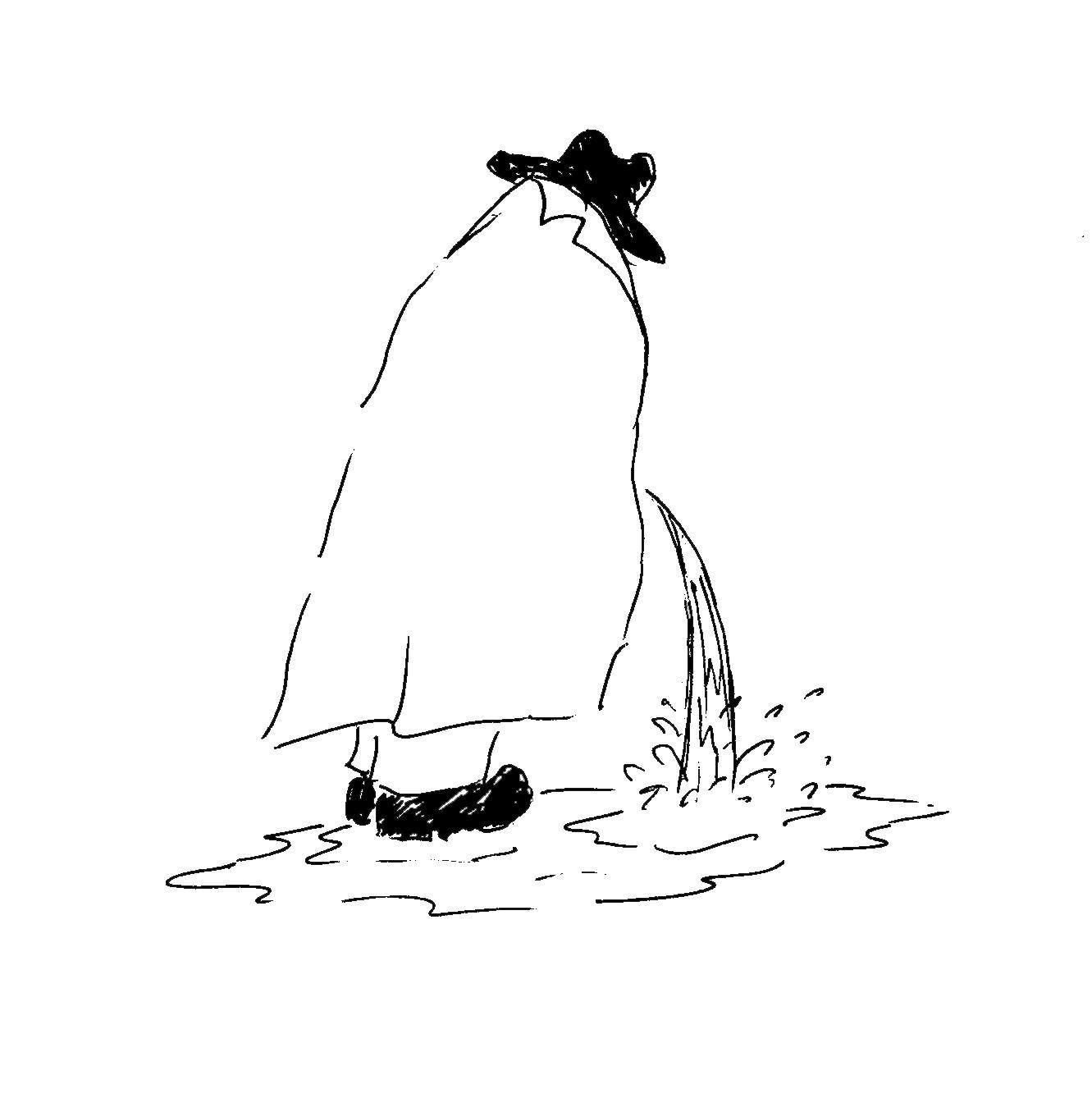
Materials: Exhibition text, Checklist
Press: Art Viewer, The Art Newspaper, UntitledDb
I remember drawing a big middle finger on the back of my t-shirt in primary school. I wanted my clothes to match the intensity of Mimmo Haraditiohadi’s wardrobe. The D.I.Y. aesthetics of the anti-globalization movement of the 90s had long entered popular culture by the 2000s. Mimmo had dressed in punk and metal band t-shirts ever since I met him, when we were six and seven years old. Hairy, alien-like monsters with animal features accompanied the band logos on those t-shirts. They were a recurring motif in Mimmo’s drawings at the time, and later, in his teens and early years at art school. Drawing monsters became an exercise of sorts.
Zu neuen Ufern, the title of his exhibition, translates directly as To new shores. In its German original, a dated undertone of imperial excitement towards the unexplored looms over the particular choice of words.
Like his early monsters, the works in the exhibition too are exercises. The painting of ships came up as a gesture, a covering-up of previous, failed paintings. The ships are loaded with the romantic symbolism of lavish, early 20th century ocean travel. A pretty ship like this will certainly sail a failed painting into a brighter future. We laugh.
By flipping the picture horizontally, that ship suddenly sinks. A geometric profile of a human face emerges in the negative spaces of the sinking ships in Tango (2025) and Senkrechtes Schiff (Saftgrün, Titanweiss) (2025). It has the utopian air of the Bauhaus logo. Though on second glance, I realize the idealism of the Bauhaus wouldn’t allow the depiction of a sinking ship: it signifies the failure of technology, and, to a degree, the failure of society. If anyone, it would have been the Dadaists getting excited about this image.
The selection of references has a shared source in Hollywood blockbusters. As powerfully as the punk and metal band merch, the movies of Mimmo’s childhood acted upon his developing imagination. So, if it’s a lavish cruise ship, it’s the Titanic. If it’s a friendly alien character, it’s Chewbacca from Star Wars, or Cornelius from Planet of the Apes. The aliens - a revisit to his early monsters - render European and American fantasies of the unknown, infinitely reproduced in popular culture. The close ups of their mouths radiate an erotic sensuality.
Mediated by Mimmo, it’s between his repertoire of references and painting’s agency and histories that a dialectical formulation happens. Within this constellation - like Chewbacca or Cornelius - painting is the alien conversation partner. No one really speaks their language. That’s why people make painting exercises in the first place.
— Roberto Ronzani
Mimmo Haraditiohadi (b. 1999, Basel) lives and works in Basel. Recent exhibitions include Kunsthaus Langenthal (2025); EGG Space ZHDK, Zürich (2024); Kiefer Hablitzel/Göhner Art Prize, Basel (2024); Gallery Ann Mazzotti, Basel (2024); Kunstmuseum Appenzell (2024); Stadtgalerie Bern (2023); Oreilles Internaxionales, Basel (2023); HARMONY100, Basel (2022); Kunsthalle Bern (2022); and Kunsthaus Pasquart Biel/Bienne (2022).
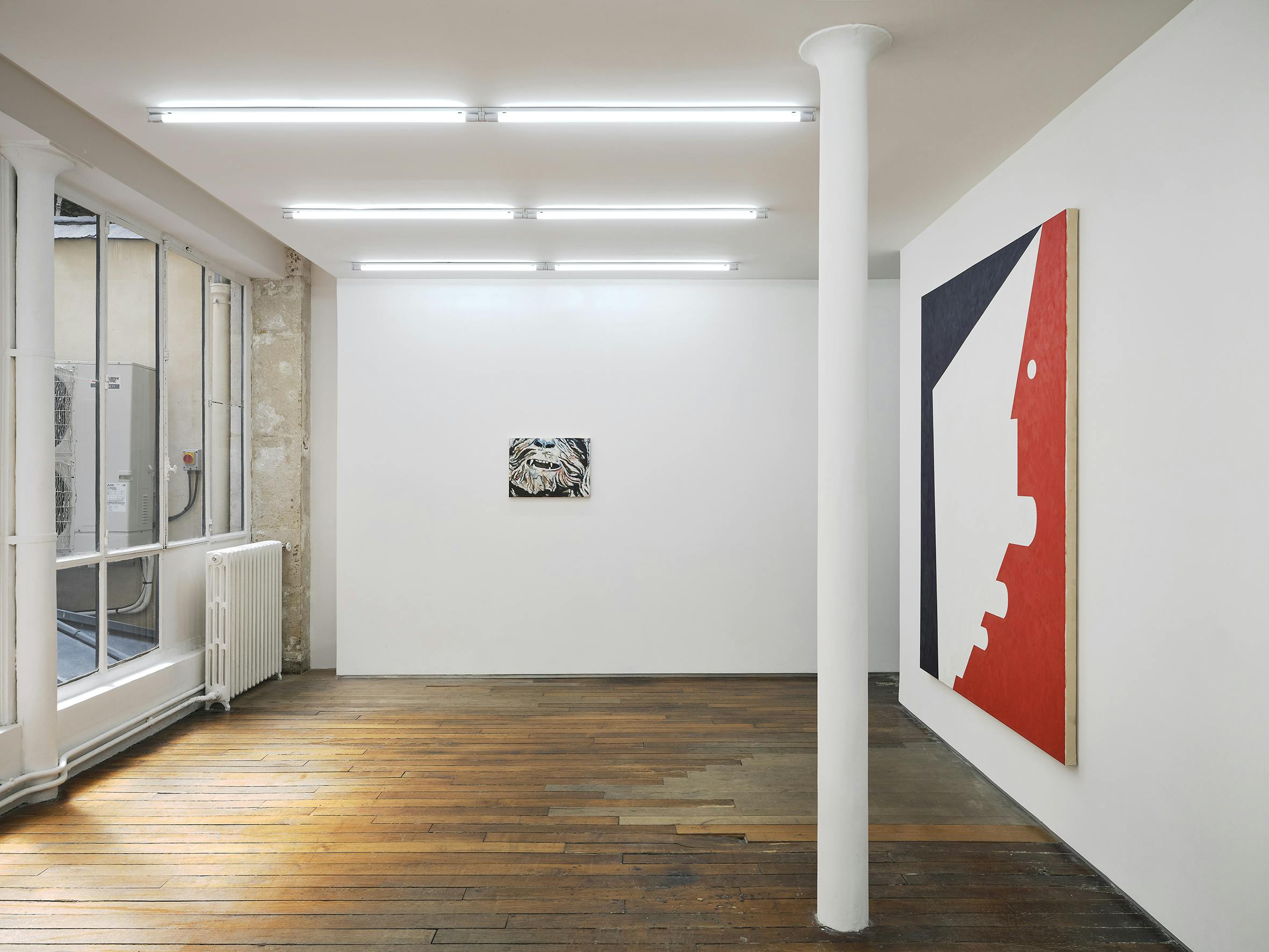
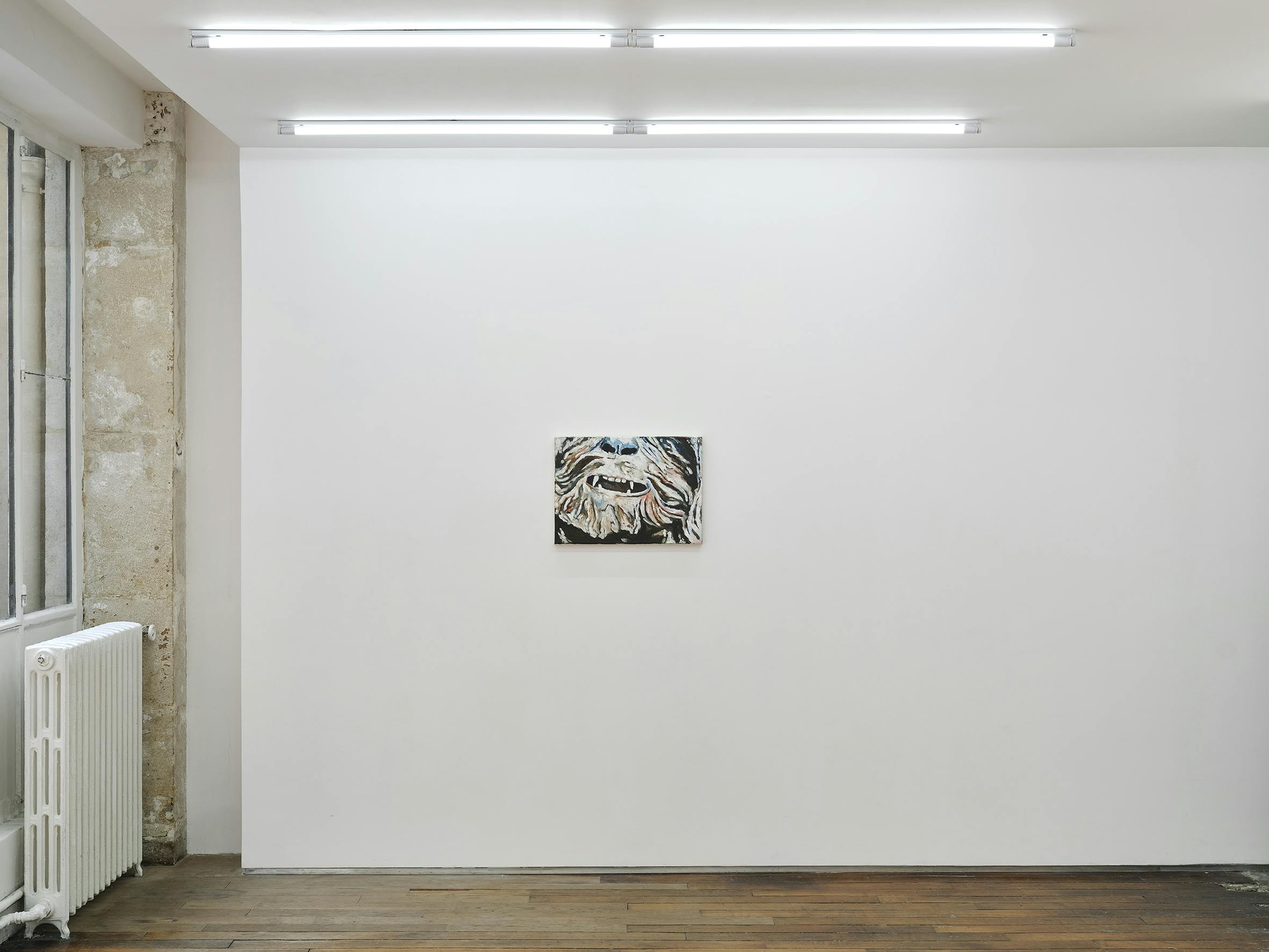
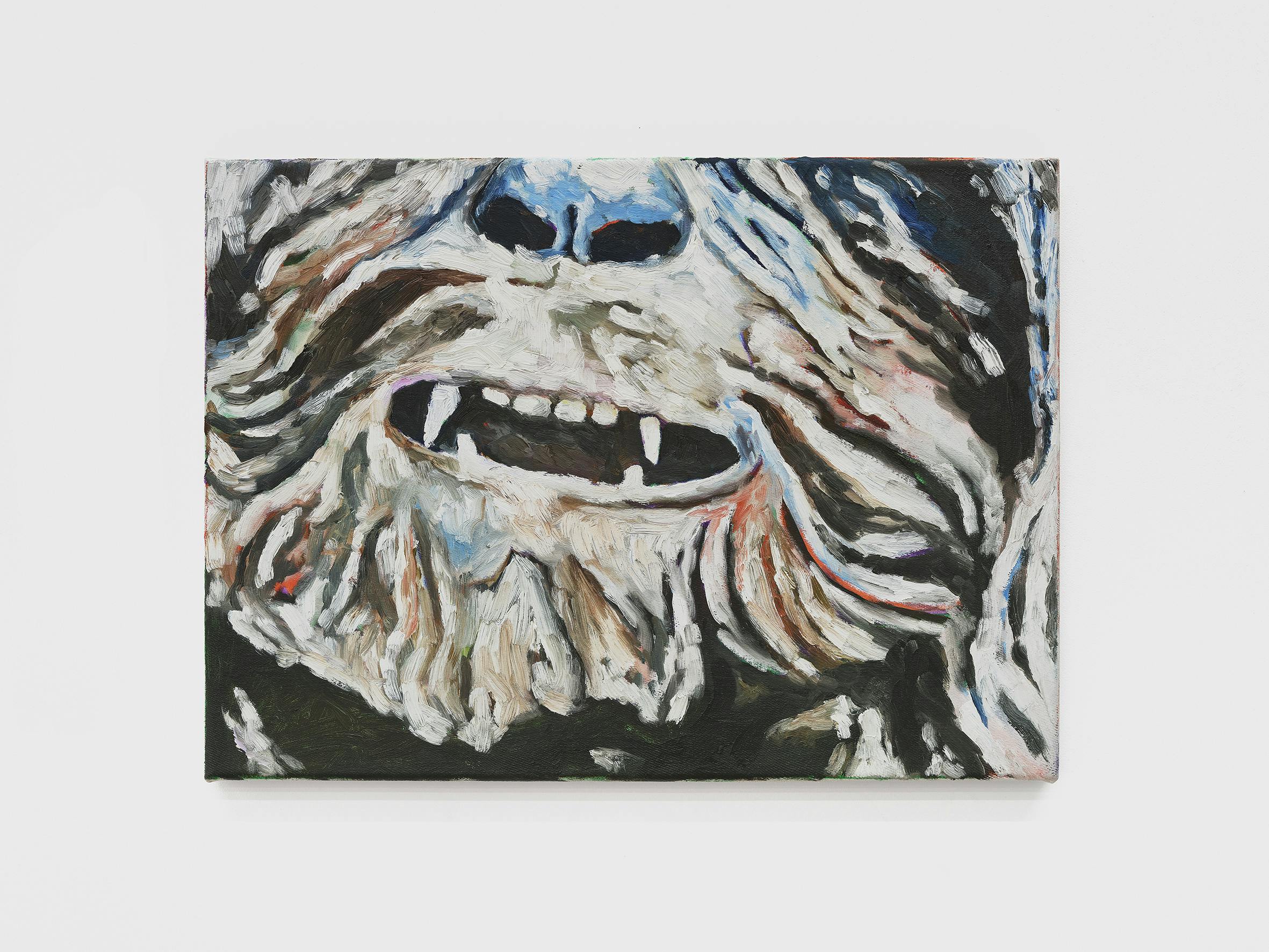
Mimmo Haraditiohadi
New Hope, 2025
oil on canvas
40 x 55 cm
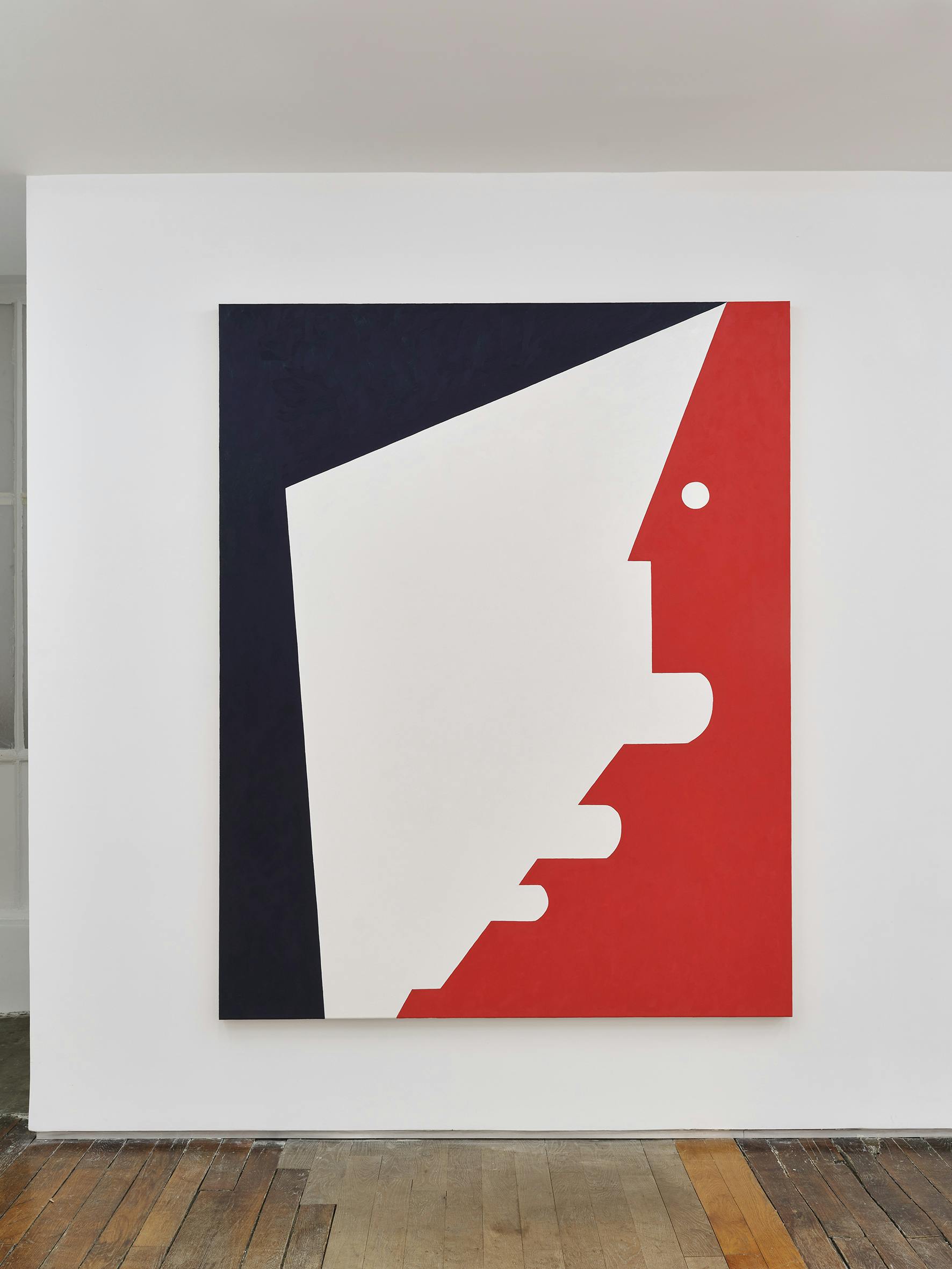
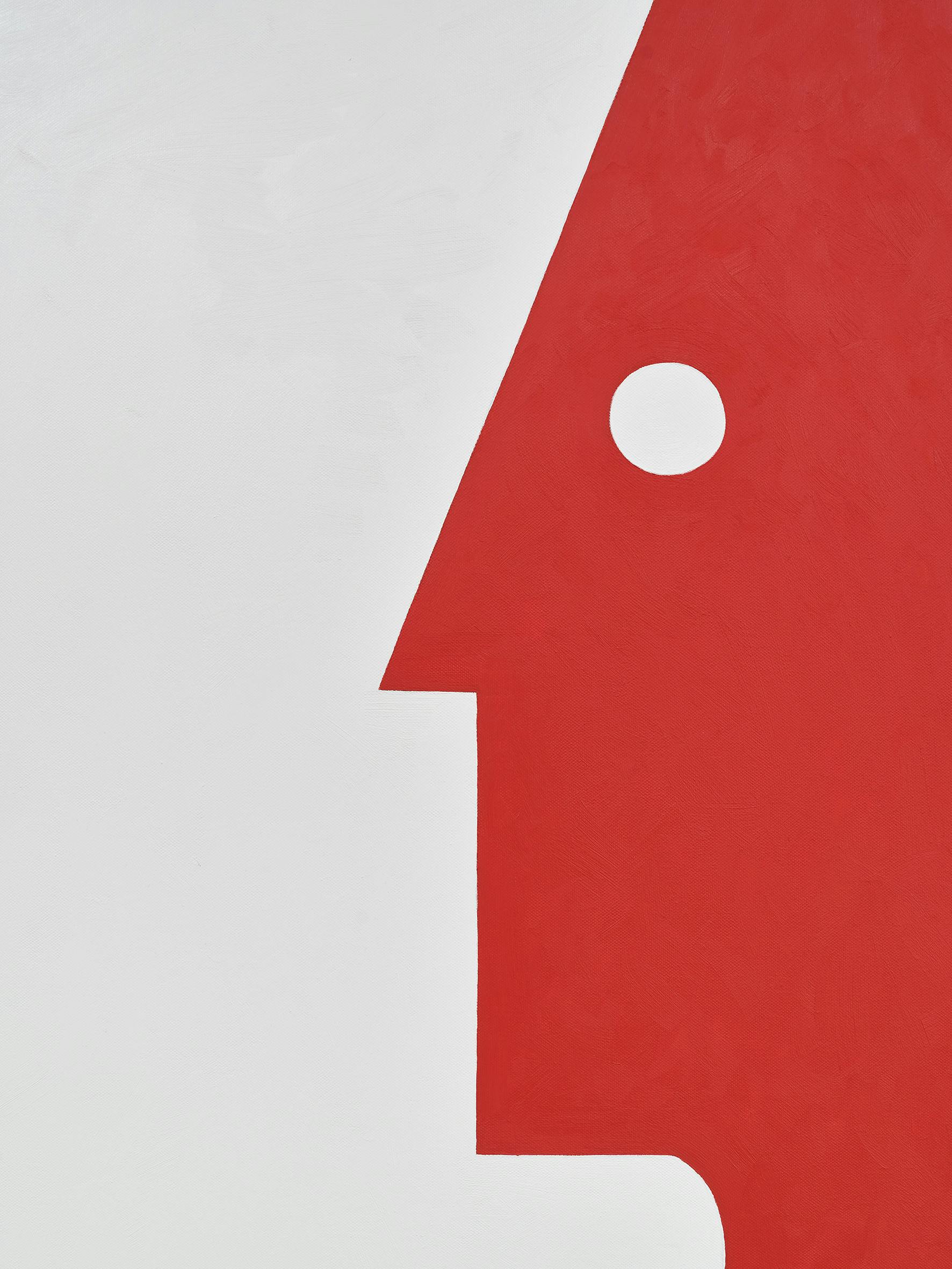
Mimmo Haraditiohadi
Tango, 2025
oil on canvas
200 x 160 cm

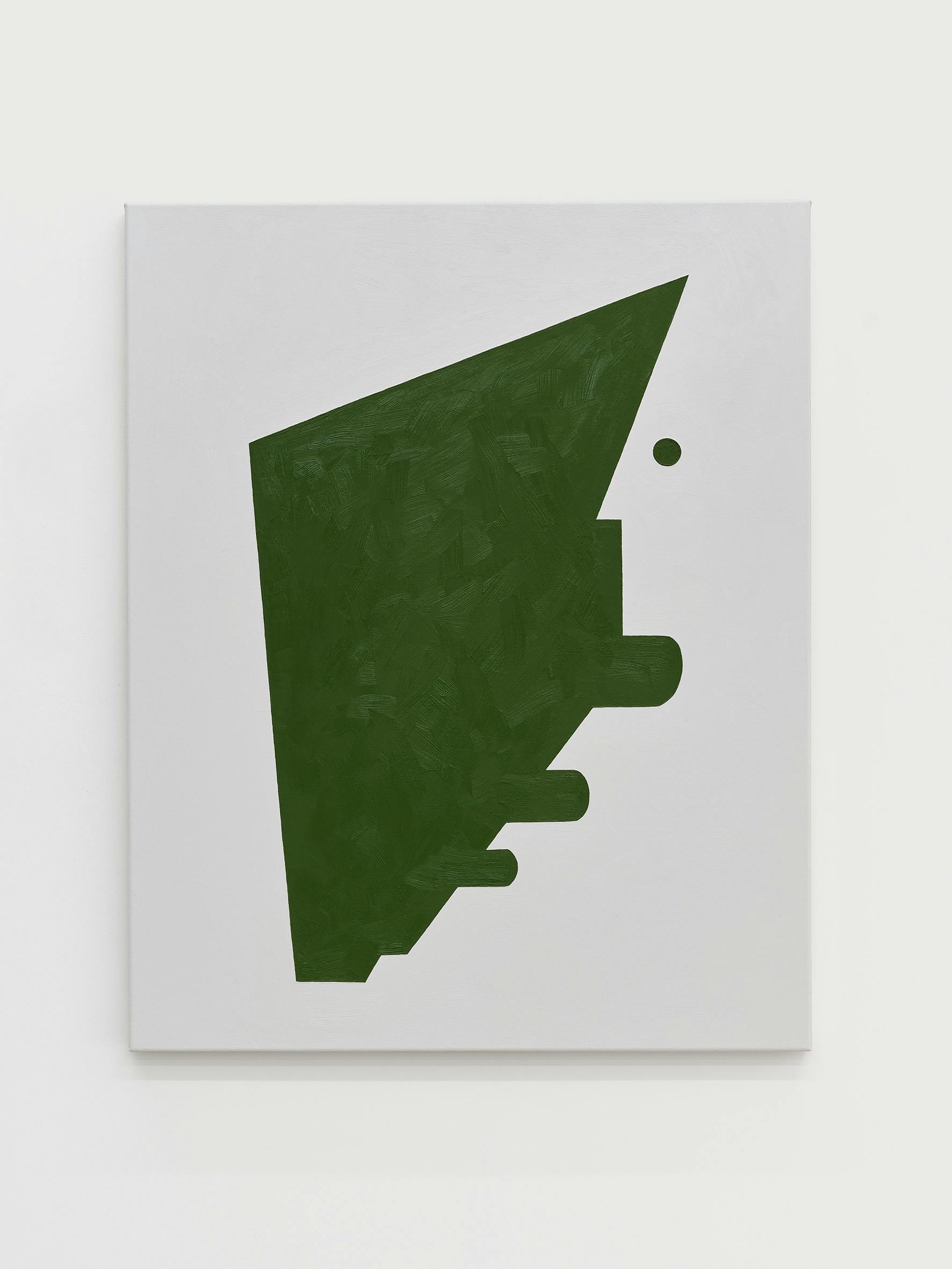
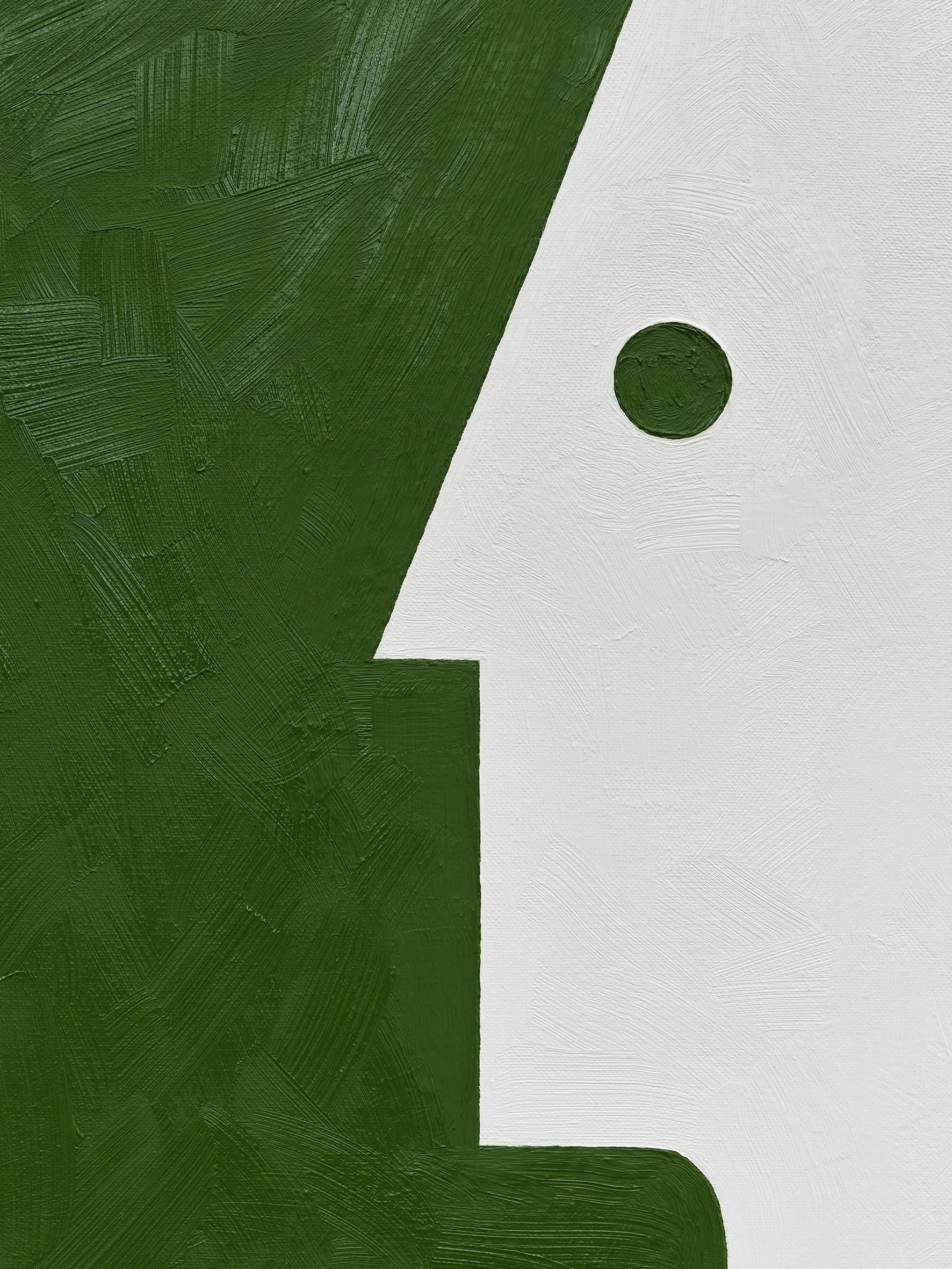
Mimmo Haraditiohadi
Senkrechtes Schiff (Saftgrün, Titanweiss), 2025
oil on canvas
100 x 80 cm
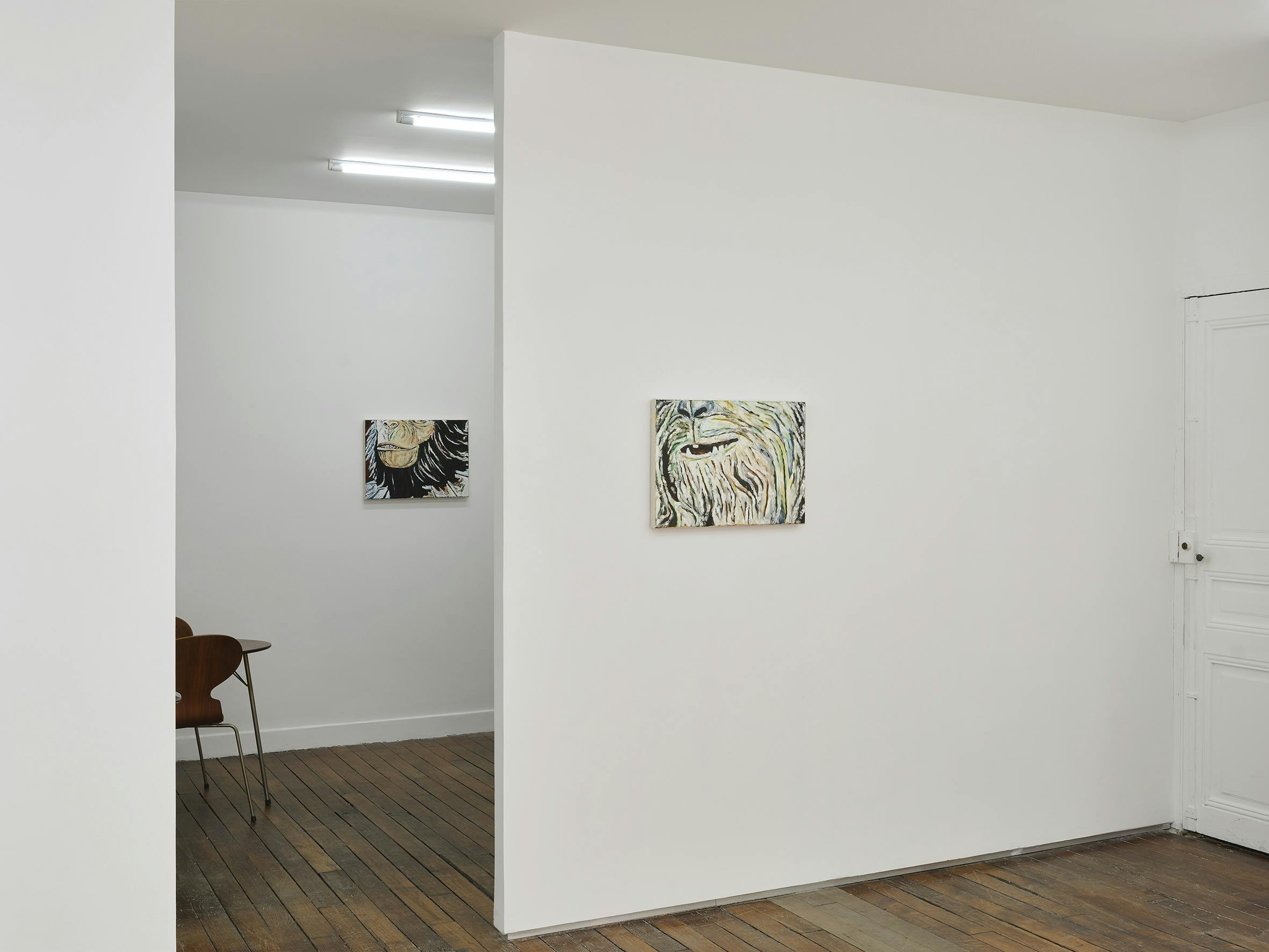
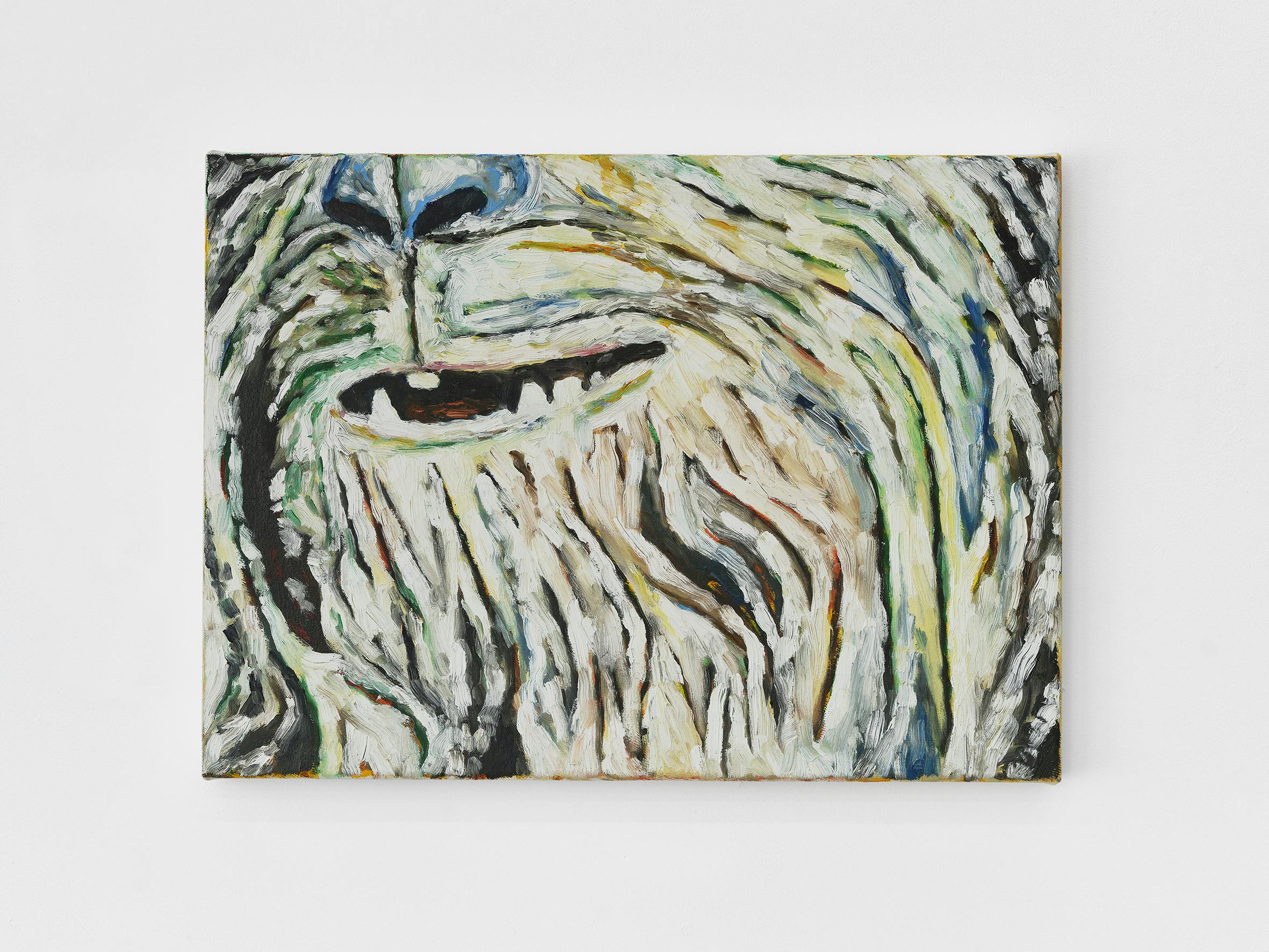
Mimmo Haraditiohadi
The Return, 2025
oil on canvas
40 x 55 cm
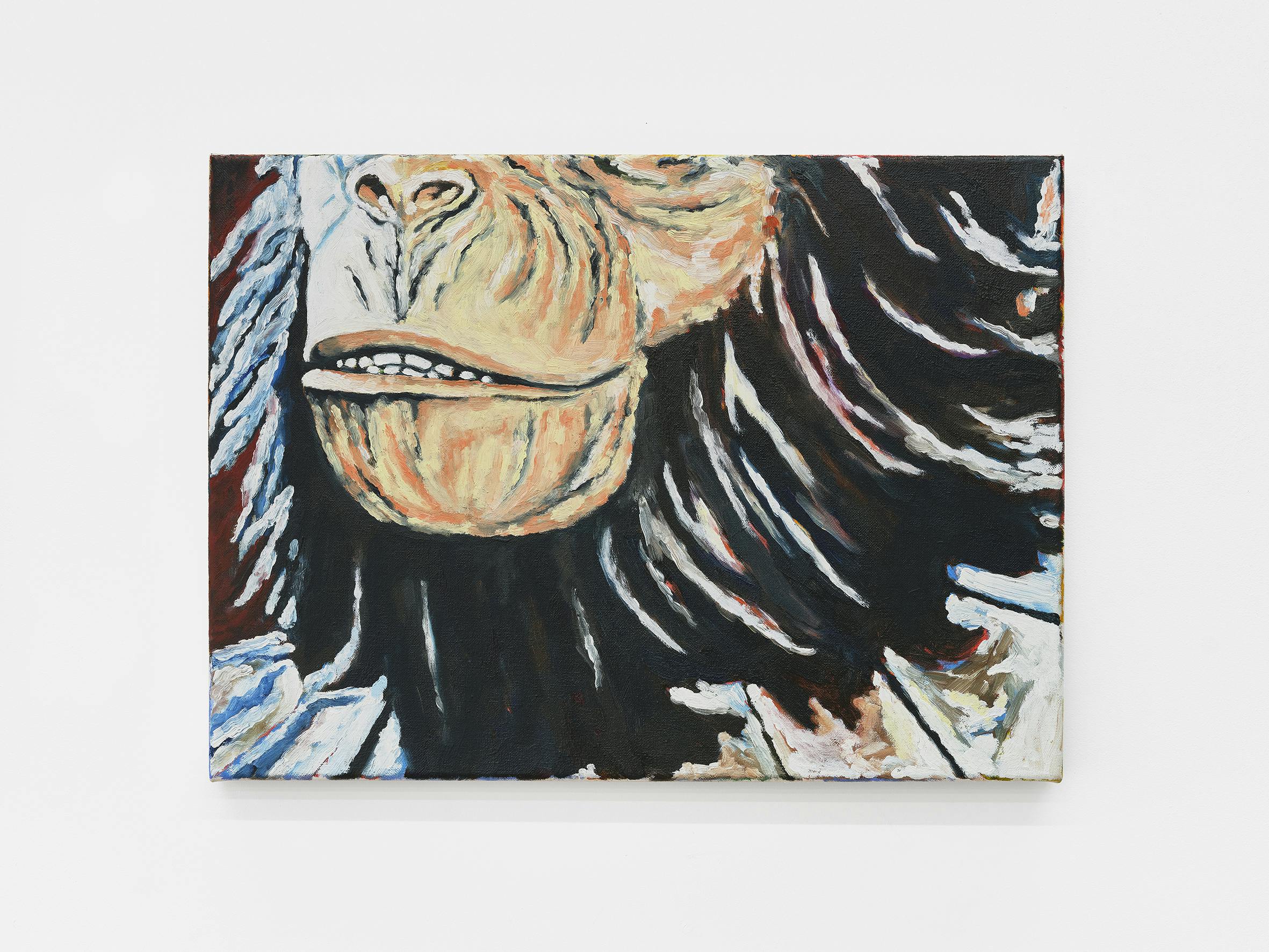
Mimmo Haraditiohadi
Cornelius 2, 2025
oil on canvas
40 x 55 cm
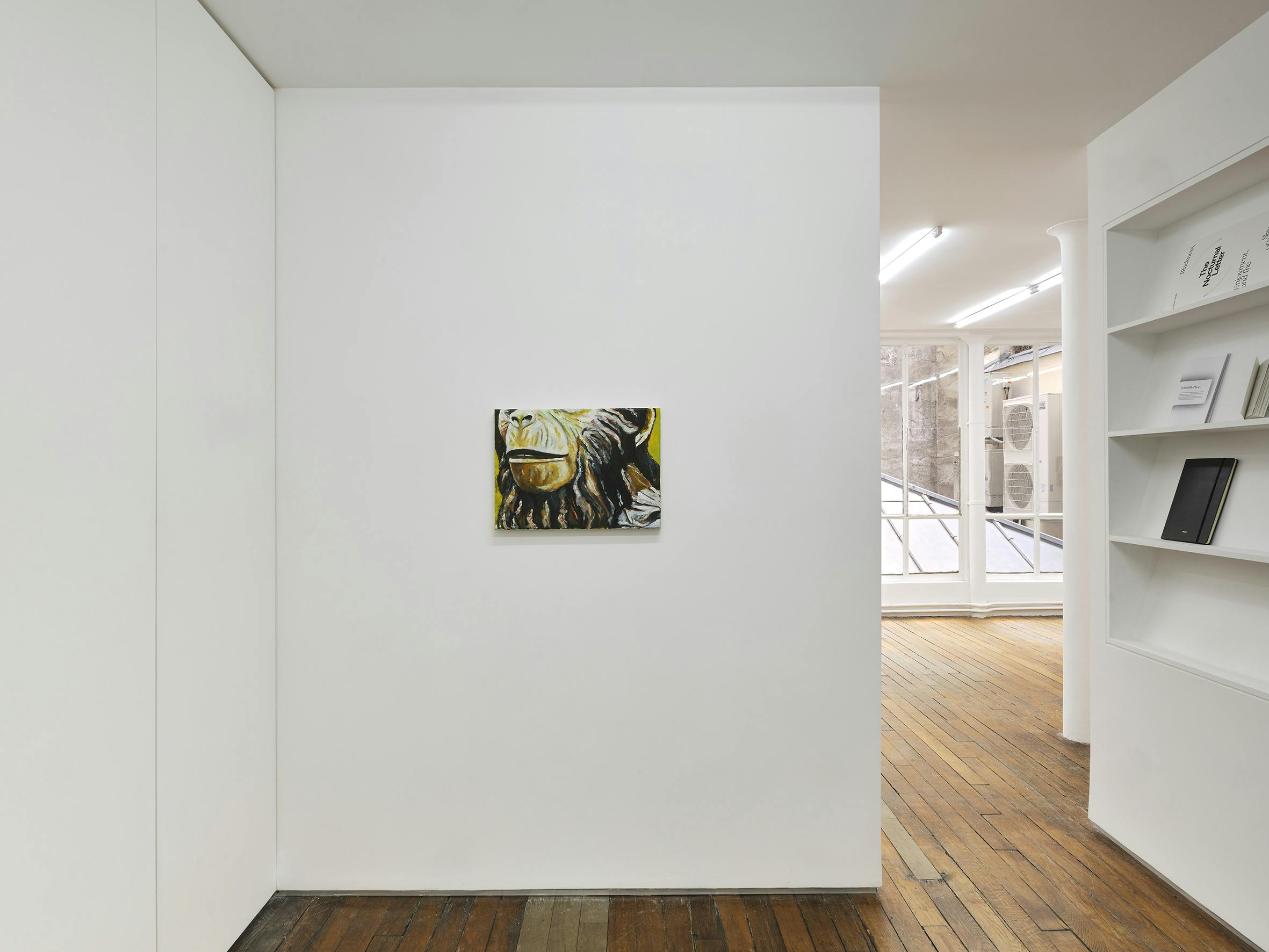
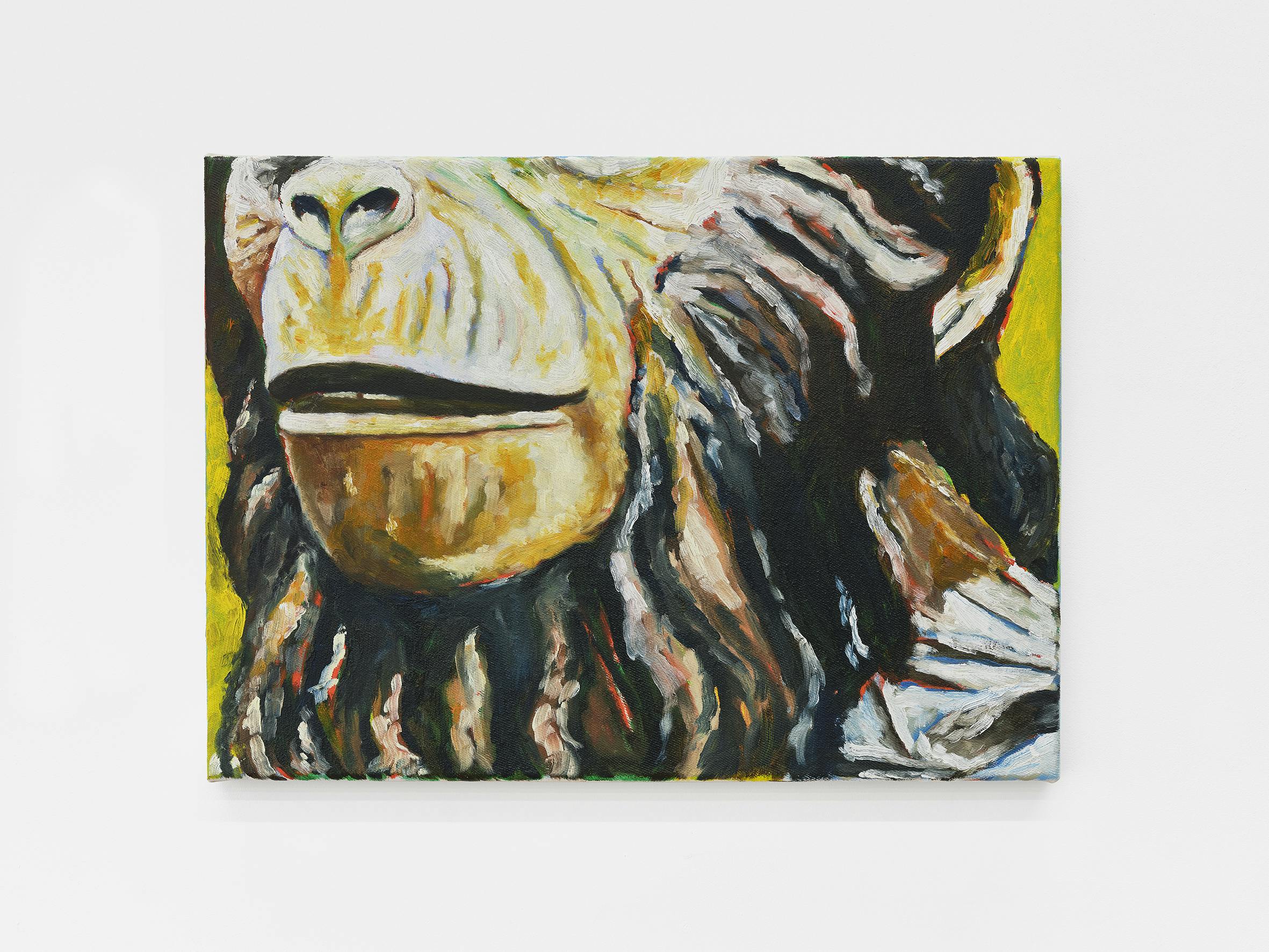
Mimmo Haraditiohadi
Cornelius 1, 2025
oil on canvas
40 x 55 cm